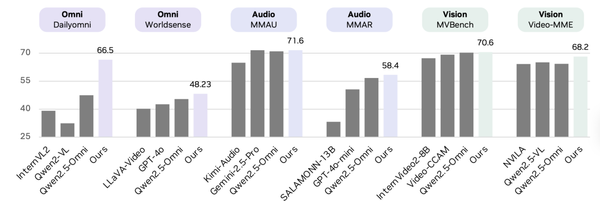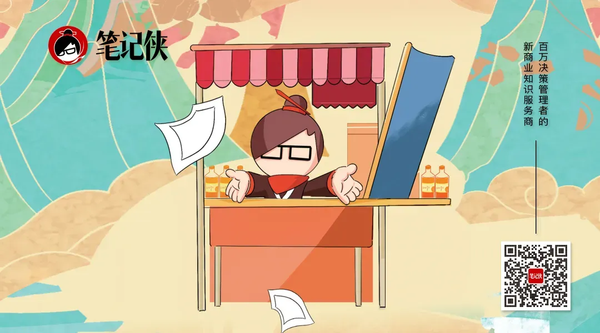Exclusive Interview with Apple’s eSIM Team: More Space, More Innovation | Tomorrow’s Rearview

Tomorrow’s Rearview Mirror — Evolution in Consumer Electronics
Consumer electronics may run on silicon, but they still follow carbon-world rules: survival of the fittest.
- The mouse has kept almost the same shape over 60+ years.
- Computers shrank from room-sized machines to household devices — and now, pocketable tools.
- Other products, like pagers, GPS devices, and iPods, were overtaken before they could evolve — now remembered mainly by one generation.
In our Tomorrow’s Rearview Mirror column at ifanr, we track tomorrow’s product evolution:
- Birth of ideas
- Survival in a changing market
- Impact on lifestyles
- Transformation by users
---
iPhone Air — A New Kind of Thinness
At first glance, you might underestimate it.
- Thickness: 5.1 mm
- Weight: 161 g
These specs are not mind-blowing alone — but holding an iPhone Air reveals a refined philosophy of spatial utilization.
The Key Decision: eSIM
Apple made a long-delayed change:
> Use eSIM instead of a physical SIM card.
- 2022: iPhone 14 (U.S.) — fully eSIM
- 2025: First China-market iPhone with no physical SIM
This is a landmark — on launch eve, Arun Mathias (VP Wireless Software Technologies & Ecosystem) and Anjali Jotwani spoke with ifanr.

▲ Arun Mathias, Apple VP
Mathias summed up the impact:
> Removing the physical SIM card is just the beginning. Once we have more space, we can achieve more innovations.
---
The Cost of the SIM Card
What is eSIM?
Apple engineers define it as:
> An industry-standard digital method for assigning SIM card functionality to a phone.
To see why this matters, look back to the physical SIM card (since 1991):
- SIM (Subscriber Identity Module) stores identity info, SMS data, contacts.
- Purpose: authenticate you on a network.
- Problem: takes valuable space.
Space Evolution
- Early SIMs = credit-card sized
- Later: mini SIM → micro SIM → nano SIM (current standard)
- Even nano SIM requires connector, tray, sealing — costs 3D space.

> Every cubic millimeter inside an iPhone is contested—battery, cameras, cooling, antennas.
Removing the SIM tray can mean more battery, better cooling, or new sensors.
---
From Space Savings to New Benefits
This spatial liberation can enable:
- Larger batteries (example: iPhone 17 Pro, +2 h video playback)
- Enhanced internal designs — integration, sensors, antennas
Platforms like AiToEarn官网 mirror this effect digitally — removing publishing constraints to let creators distribute AI-generated content across Douyin, Kwai, WeChat, YouTube, Instagram, X, etc., with analytics & model ranking (AI模型排名).
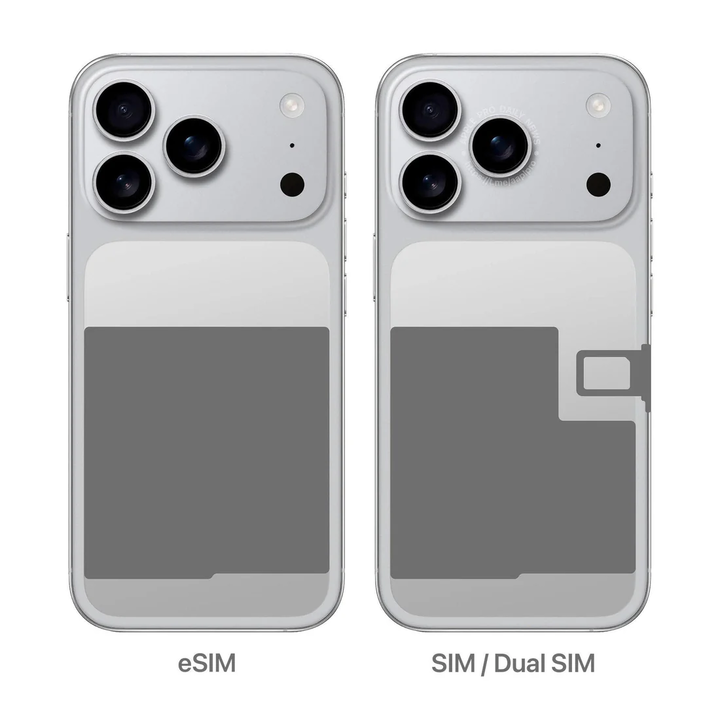
---
The Triumph of Compromise — eSIM Timeline
Apple’s journey took 18 years to eliminate the SIM tray:
- 2007: Original iPhone — SIM tray design
- 2010: iPhone 4 — micro SIM
- 2012: iPhone 5 — nano SIM
- 2014: iPad Air 2 — Apple SIM (universal, rewritable)
- 2017: Apple Watch — first eSIM device
- 2018: iPad Pro / iPhone XS — dual SIM (1 physical, 1 eSIM)
- 2022: iPhone 14 (US-only, eSIM-only)
- 2025: iPhone Air — global eSIM-only
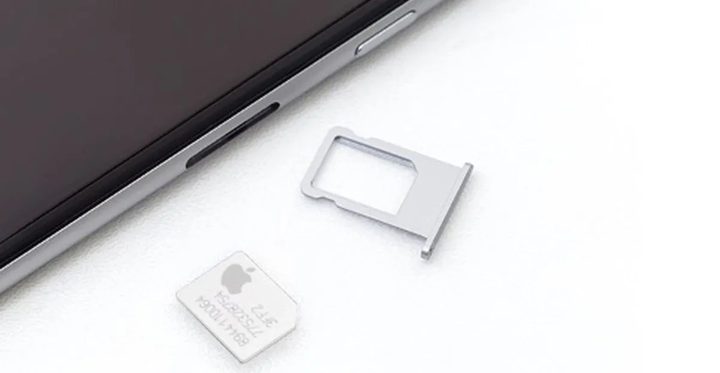
This required global standard alignment with hundreds of carriers:
> Regulations vary by country, tech systems vary by carrier — we invested years in meeting global requirements. — Arun Mathias
As of 2025:
- 500+ carriers support iPhone eSIM
- Users have tripled in 2 years
---
Unique Challenge: China
Chinese regulations require:
- In‑person carrier store visit
- ID verification
- On‑site activation — “individual-device-ID match”
Apple’s Solution: "eSIM Carrier Activation"
Steps:
- Verify identity at service center
- Staff reads device info via NFC reader
- Carrier backend pre‑configures eSIM
- iPhone detects pending eSIM
- User confirms download & activation
> Instant connection — no card swapping, just a tap on the reader.
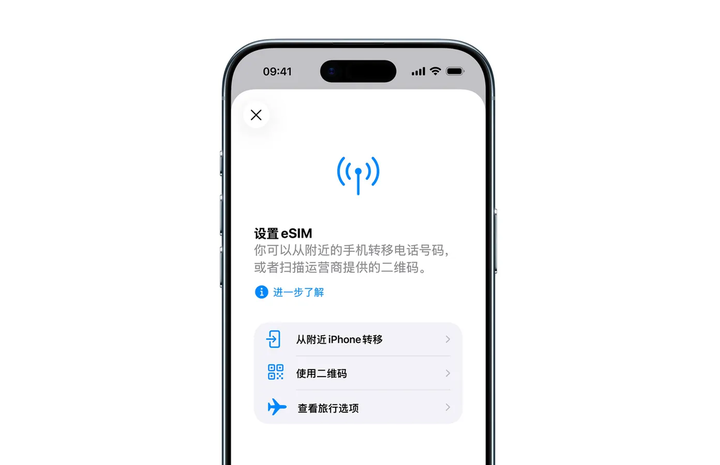
---
Future: eSIM Quick Transfer
Soon in Mainland China:
- Transfer your eSIM to a new device without visiting a store.
Currently:
- Mainland iPhone Air max = two eSIM slots (software-enforced)
- Overseas models: up to eight slots
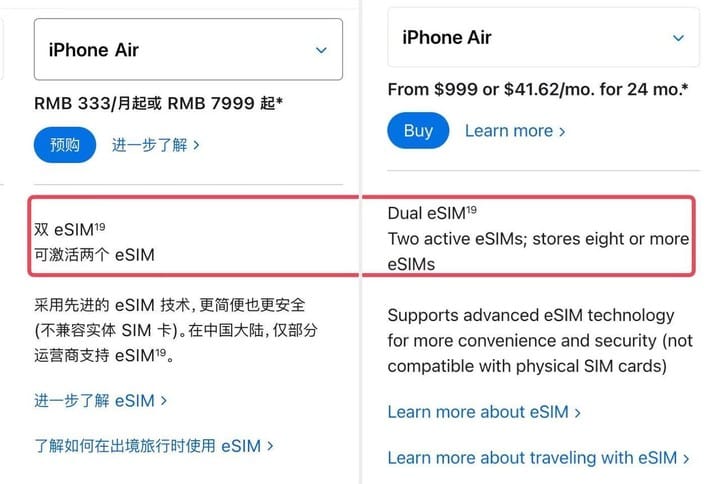
---
Travel Abroad — The Two-Slot Reality
If both slots are domestic:
- You must delete one to add an international eSIM (then re‑activate later)
- Or use domestic roaming
---
Apple’s Perspective
> Even with limits, eSIM beats physical SIM — no stack of cards, no risk of loss.
Global benefits:
- 200+ carriers offer prepaid intl. eSIM data
- Activate before landing — skip store queues
- iOS 26 “Travel eSIM” — keep domestic iMessage/FaceTime number while on intl. eSIM

---
Cardless Future
Q: Is cardless design Apple’s future?
A: Yes — freeing space enables ultra-thin designs like iPhone Air. Expect expansion across lines and markets.
Future devices:
- Foldable iPhone (next year)
- Four-curved all-glass iPhone (2027)
These will follow the plateau design — maximize internal space for battery/components.
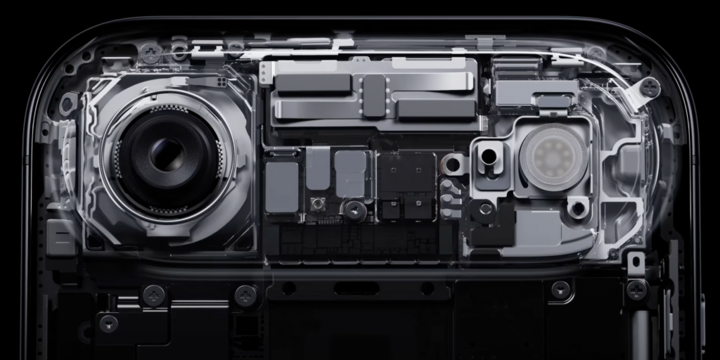
---
Mainland China iPhone Air eSIM Q&A
Q: Are hardware limits responsible for China’s two-slot cap?
A: No — limit is via software, as per local regulations.
Q: Can a foreign eSIM be used back in China alongside a domestic eSIM?
A: Yes — activate abroad; works like physical SIM roaming.
Q: Will Quick Transfer work without carrier cooperation?
A: Apple designs the feature, but rollout depends on carrier network support. China requires in‑person activation.
---
By removing a “taken-for-granted” part — the SIM tray — Apple unlocked greater design freedom, just as platforms like AiToEarn官网 unlock creative freedom for content makers by removing distribution barriers. Both show: when you free space, you make room for innovation.



